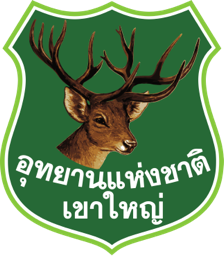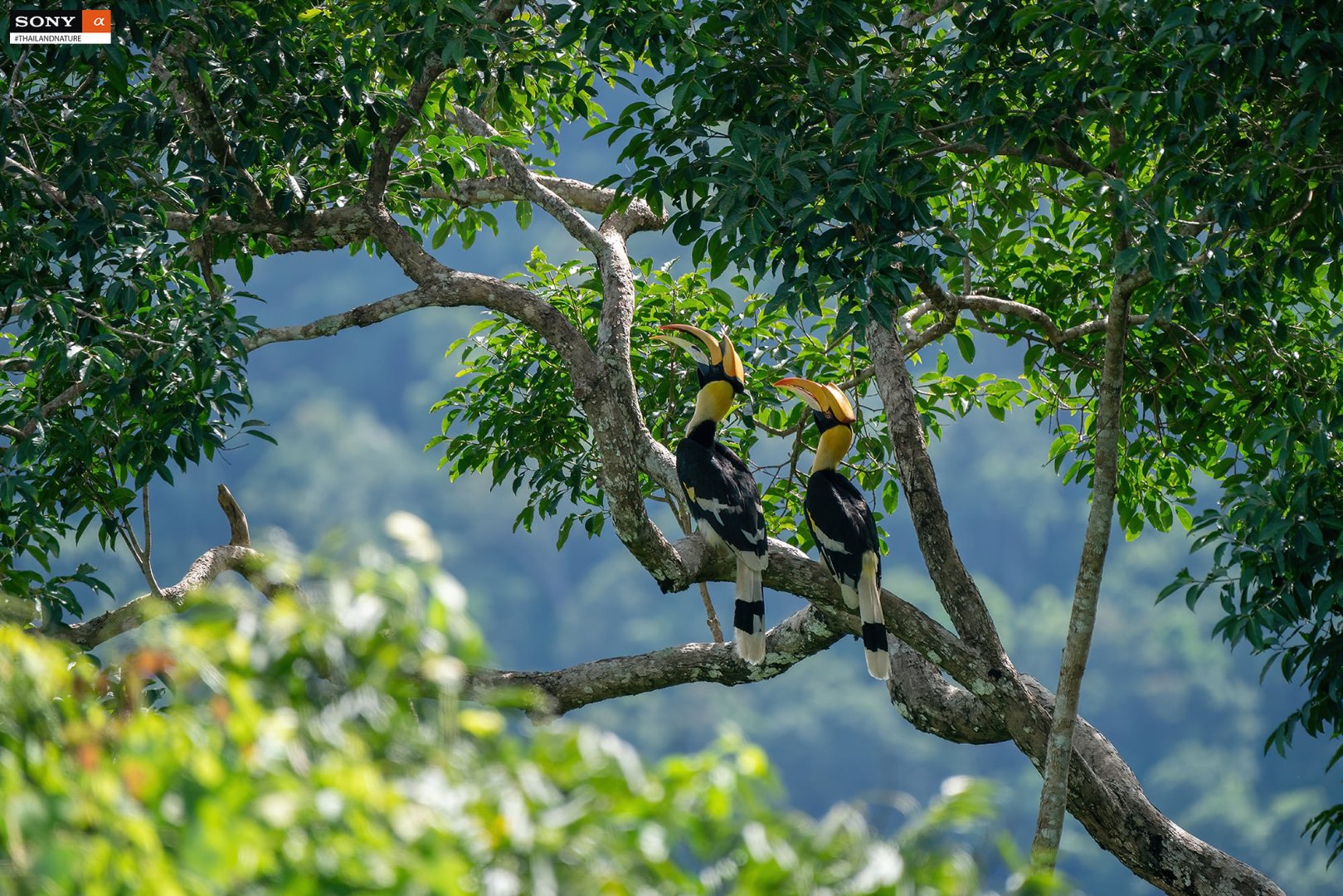Birdwatching
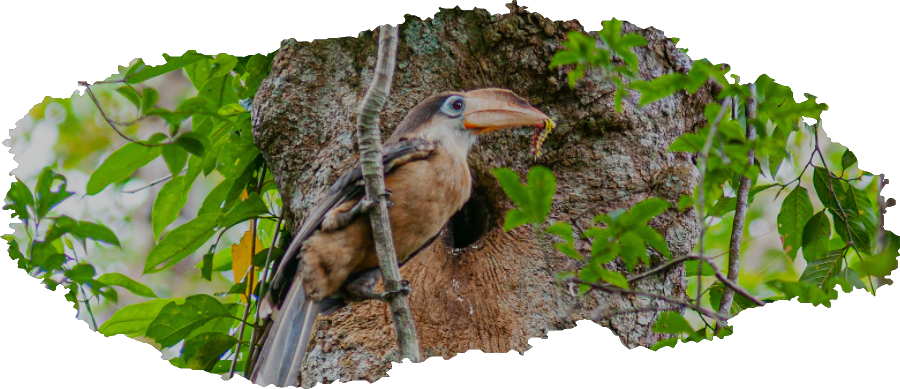
Khao Yai National Park is an excellent birdwatching venue which has been listed as an “Important Bird Area” (IBA) as it is home to over 282 bird species, both resident and migratory. Birds which are easy to see include the Siamese Fireback, Blue-winged Pitta, Coral-billed ground cuckoo and the four species of Hornbill: the great hornbill, the oriental pied hornbill, the wreathed hornbill and Austen’s brown hornbill.
When it is quiet, a variety of birds can be found all over the National Park, especially at tourist attractions such as the Visitor Centers, Pha Kluai Mai, Nong Phak Chi, Mor Boonsong Camp, Haew Suwat Waterfall and Khao Khiaw. Nature trails in the National Park are also great places for birdwatching
Recommended times for birdwatching
Morning and evening, when many birds forage for food
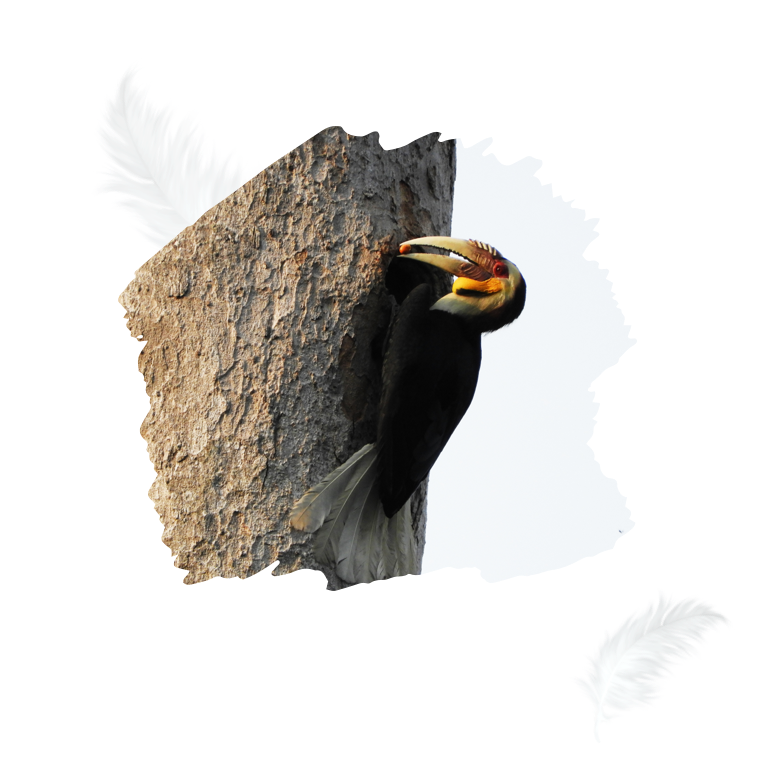
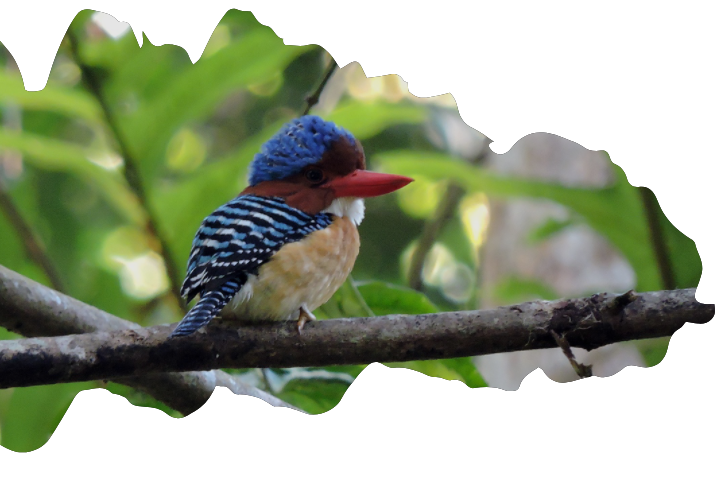
Preparing for birdwatching and how to find birds more easily
When bird watching, you should wear clothing which blends into your surroundings such as dark green, grey or brown which will not startle the birds or make you easy to spot. This will give you the opportunity to get closer to the birds. Clothes should also be long-sleeved to protect you from the sun and thorny bushes. Shoes should be comfortable, and don't forget socks, which will prevent chafing as you walk. If you are going birdwatching on a mountain, prepare a coat or sweater for the cold. In the rainy season, a raincoat is essential.
For birdwatching while trekking a nature trail, binoculars or a portable telescope is a popular accessory. You will be able to see birds clearly at a distance, and be able to observe their body shape, plumage and behaviour as if they were close by.
Code of conduct for birdwatching
No. 1
The birds should have priority - observations, photography, recording sound or any kind of academic study should consider whether that activity disturbs or makes any difficulty for the birds.
No. 2
Conserve the birds’ habitat. Birdwatching activities should not encroach or destroy the birds’ habitat, or degrade it in any way.
No. 3
If you discover a rare bird nesting or a rare migratory bird, conservation is always the first priority. Protect the birds as well as you can and only tell the people who should know. Otherwise the site may be overrun with other birdwatchers and disturb the birds.
No. 4
Always comply with conservation laws, wherever you are observing. The laws governing conservation in that place must always be respected.
No. 5
Respect the rights of others in places with other birdwatchers. Don't startle the birds so they fly away and consider other people using that space. If they are not birdwatchers, ensure that you are not a nuisance for their activity.
No. 6
Report your bird observations to the relevant people or organisations, as it is data which will help to conserve birds in the future.
